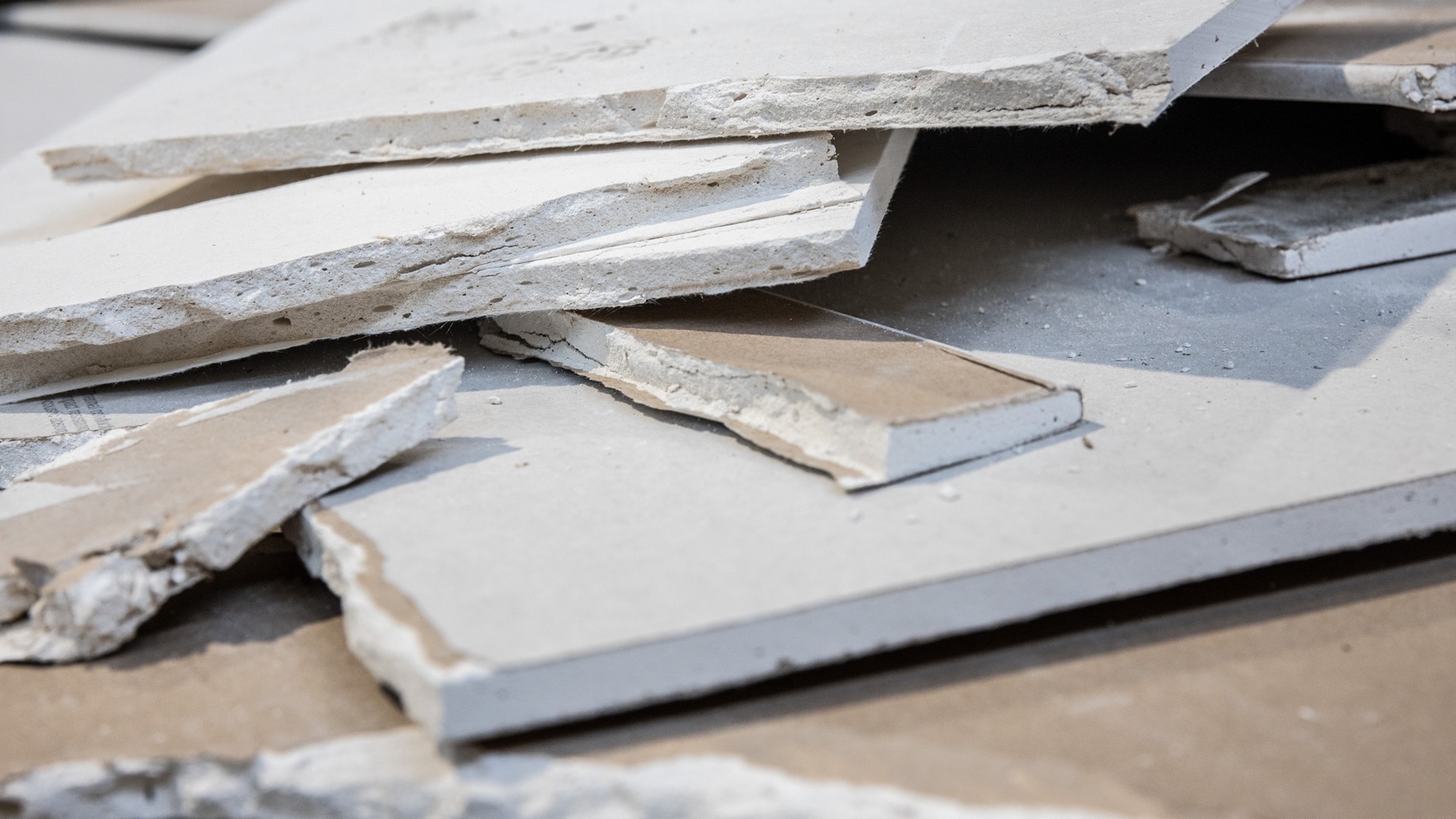
Ragn-Sells increase circulation of gypsum in Sweden
In 2020, Ragn-Sells Sweden delivered approximately 2,700 tonnes of gypsum waste for material recycling. By offering "recovery credits" for gypsum, our customers all over Sweden can contribute to an increased amount of recycling of the construction material. This is possible thanks to the collaboration with the companies Gyproc and Gyro Gipsåtervinning.
18 Feb 2021- The key to a sustainable society is to reuse raw materials that we already have as often as possible. In this case, we collect gypsum from all our construction clients in Sweden and ensure that they are recycled. At the same time, we reduce emissions from the mining of new raw materials - a real win-win, says Linnéa Sellberg, Business Project Manager at Ragn-Sells Sweden.
Since 2018, Ragn-Sells Sweden has been collaborating with Gyproc and Gyro Gipsåtervinning in Bålsta, northwest of Stockholm, to increase the amount of gypsum that moves on to material recycling. Through this partnership, Ragn-Sells can offer more customers circular handling of gypsum.
"Recovery credits" enables increased recycling
Regardless of where in Sweden the gypsum waste occurs, there are great advantages to recycling materials, even for long transports, since new raw materials do not have to be mined to produce new gypsum. For those customers who prioritize minimizing transport and CO2 emissions, they can choose the Gypsum service with “recovery credits”. The solution means that the actual gypsum waste is handled locally, but the corresponding volume is delivered from a customer closer to Gyro Gipsåtervinning in Bålsta to be recycled and become new gypsum.